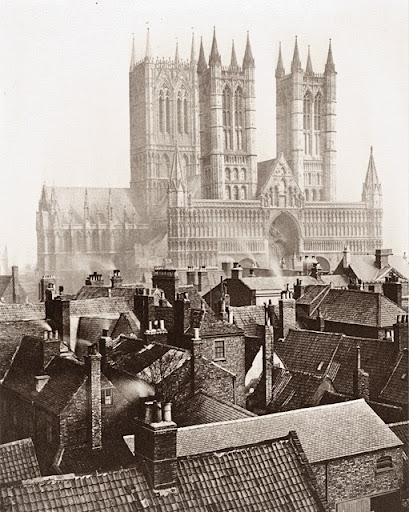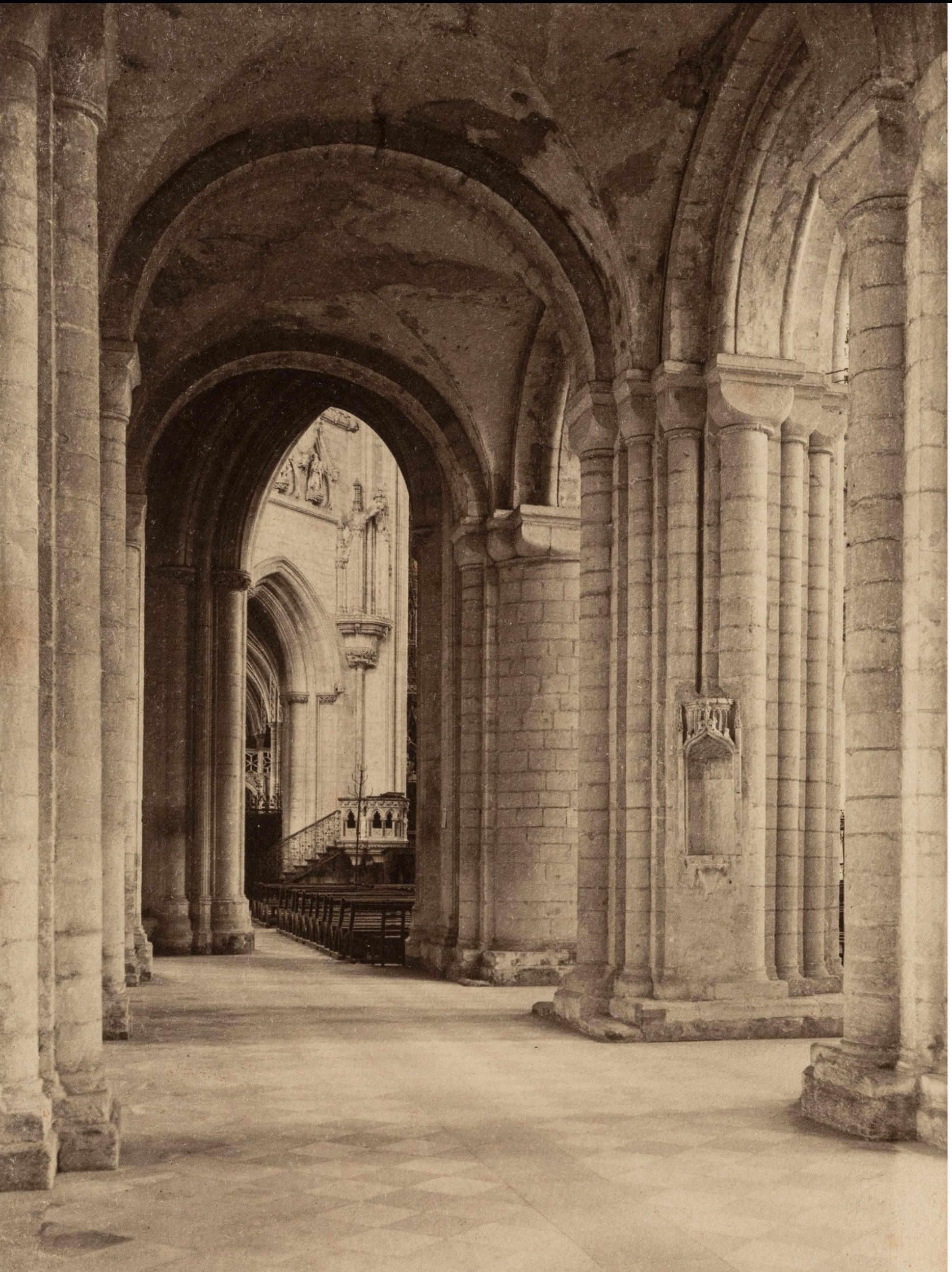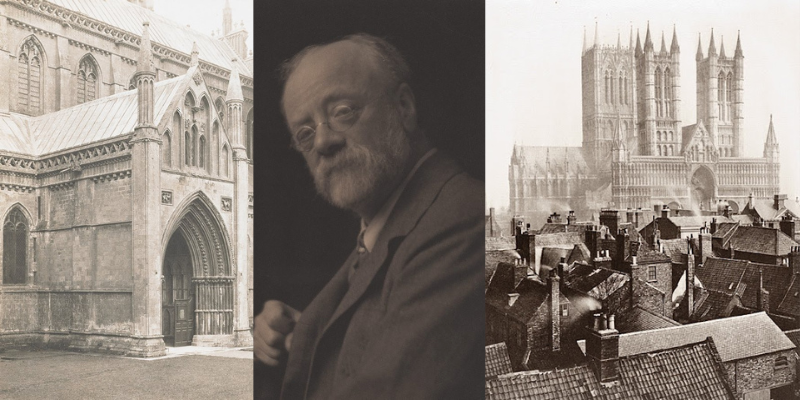“Photography is Photography; And in it’s purity and innocence is far too uniquely, valuable and beautiful to be spoilt by making it imitate something else.”
-Frederick Henry Evans
Frederick Henry Evans, a renowned British photographer, captivated the world with images of architectural wonders, particularly English and French cathedrals. Born on this day- June 26th 1853 in London, Evans began his career as a bookseller, but it was through the lens of a camera that he found his true calling. His dedication to capturing the essence of these magnificent structures using the platinotype technique set him apart from his contemporaries.
In 1898, Evans made the decision to retire from his bookselling profession and fully embrace photography. The platinotype process, which he adopted, allowed him to produce images with an extensive tonal range and a non-glossy finish. This method proved to be ideal for his subject matter, as it conveyed the intricate details and sublime beauty of the ancient cathedrals he photographed. Evans firmly believed in presenting his work as a straightforward and unmodified representation of reality. His commitment to this ideal aligned perfectly with his architectural focus, showcasing the grandeur and historical significance of these majestic structures.

Courtesy: Google Arts & Culture
Evans’ journey as a photographer faced a significant challenge as the cost of platinum, and consequently, platinum paper for his images, began to rise. Despite this financial setback, he remained steadfast in his commitment to the platinotype technique and was reluctant to adopt alternative methodologies. As a result, by 1915, Evans made the difficult decision to retire from photography altogether. A notable figure in British Pictorialism, Evans was an influential force within “The Linked Ring”, a society dedicated to the advancement of photography as fine art. He was instrumental in shaping the movement and became recognized for his moving interpretations of medieval cathedrals, expertly rendered with unmatched subtlety in platinum prints.
Evans’ impact extended beyond the realm of photography. Through his bookstore in London, he cultivated friendships with intellectuals and artists, including Irish playwright George Bernard Shaw and illustrator Aubrey Beardsley. In fact, Evans played a pivotal role in Beardsley’s artistic career by recommending him as the illustrator for a new edition of Thomas Malory’s “Le Morte d’Arthur.” This collaboration marked the beginning of Beardsley’s meteoric rise to fame.

Courtesy: Heritage Auction Fine Art
Throughout his career, Evans also delved into delicate woodland studies and portraiture, showcasing his versatile approach to photography. His mastery of platinum prints revealed his sensitive yet rigorous understanding of light and composition. Defying the prevailing conventions of Pictorialism, he advocated for minimal alteration of the image, allowing the purity and authenticity of his subjects to shine through. Evans’ impact on the art world was recognized internationally. His work was exhibited at Alfred Stieglitz’s 291 Gallery in New York in 1906, and he received commissions from prestigious publications such as Country Life magazine.
Read More:
Medardo Rosso and His Mission to Refute the Boredom of Sculptures.

Vaishnavi Srivastava is a learning writer, a keen researcher and a literature enthusiast. She is a Sub-editor at Abir Pothi.





